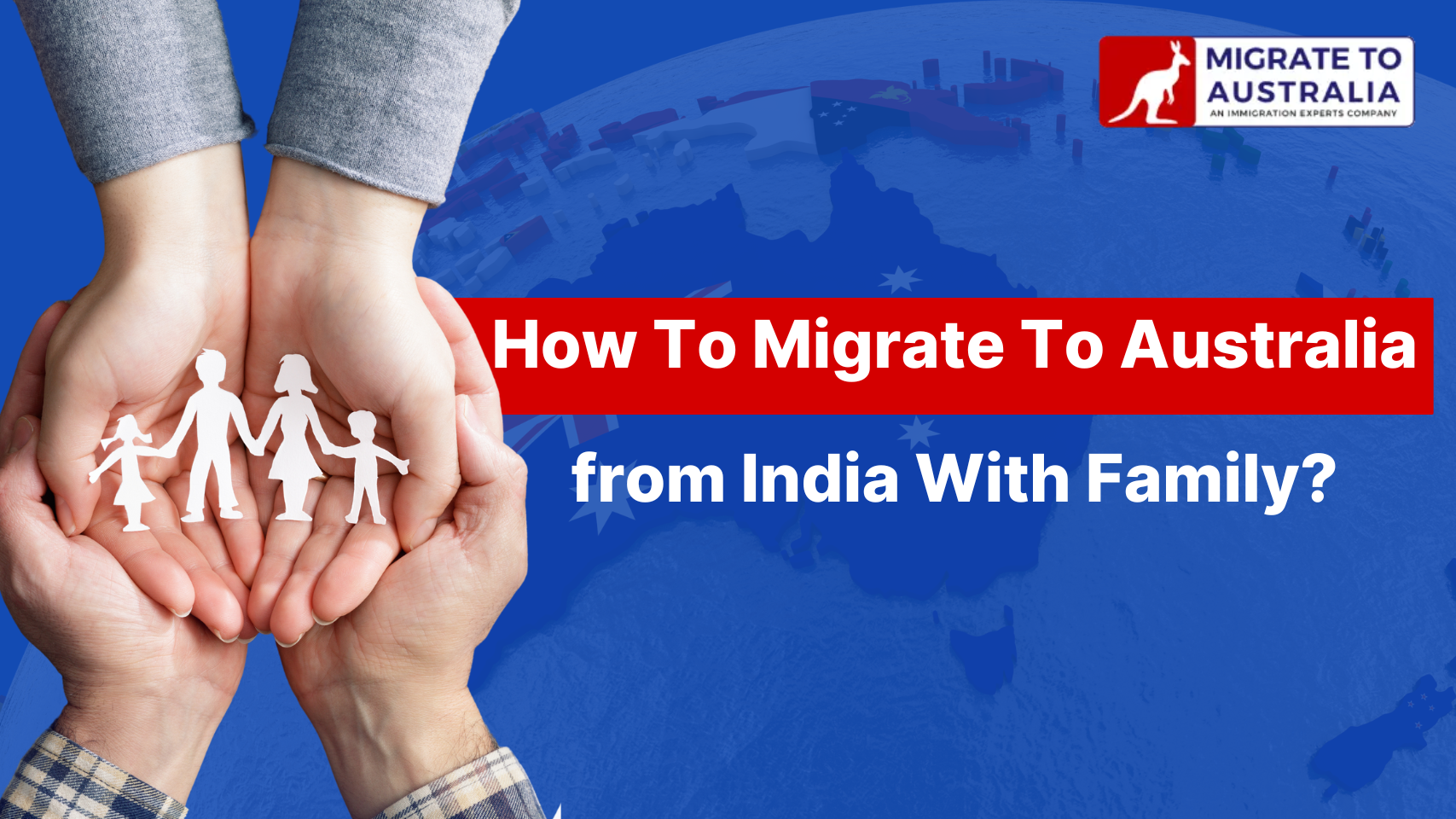Migrating to a new country is a significant decision that comes with both challenges and opportunities. For many Indian families, Australia has emerged as a popular destination due to its high quality of life, excellent education system, and vibrant multicultural environment. If you’re considering this move, understanding the steps involved is crucial. This blog post outlines how to migrate to Australia from India with family, focusing on the easiest ways to immigrate to Australia.
Understanding Australian Immigration
Australia offers various visa options for families looking to migrate. The Australian government is keen to attract skilled workers, families, and students, making it essential to understand the available pathways. The primary visa categories for family migration include:
- Skilled Migration Visas: These are designed for individuals with specific skills that are in demand in Australia. The General Skilled Migration (GSM) program includes several subclasses, such as the Subclass 189 (Skilled Independent Visa) and Subclass 190 (Skilled Nominated Visa).
- Family Reunion Visas: If you have family members who are Australian citizens or permanent residents, they can sponsor you for a family reunion visa.
- Student Visas: If you’re planning to study in Australia, a study visa can be a pathway for your family to join you.
- Employer-Sponsored Visas: If you receive a job offer from an Australian employer, you may be eligible for employer-sponsored visas.
- Temporary Visas: These visas allow you to live and work in Australia for a limited time, often leading to permanent residency options.
Steps to Migrate to Australia from India
1. Assess Your Eligibility
Before you embark on your journey to Australia, it’s crucial to assess your eligibility for migration. Use the points-based system, which is the foundation of skilled migration, to evaluate your score. Factors such as age, English language proficiency, work experience, and qualifications will contribute to your points total.
2. Choose the Right Visa Category
Once you understand your eligibility, the next step is to choose the right visa category. For families, the Skilled Migration pathway is often the easiest way to immigrate to Australia. For example, if you or your spouse has skills in demand, you can apply for the Subclass 189 or 190 visas. The Family Reunion visas are another straightforward option if you have Australian relatives.
3. Gather Documentation
Once you’ve chosen a visa category, it’s time to gather the necessary documentation. This typically includes:
- Identification Documents: Passports, birth certificates, marriage certificates, etc.
- Educational Qualifications: Degrees, diplomas, and transcripts.
- Work Experience: Reference letters from employers.
- Health and Character Certificates: Medical check-ups and police clearances are mandatory.
Ensuring all documents are in order is essential, as this will facilitate a smoother application process.
4. Complete the Skills Assessment
For skilled migration visas, a skills assessment authority is often required. This process evaluates your qualifications and work experience against Australian standards. Depending on your profession, you may need to undergo an assessment by a relevant assessing authority.
5. Submit an Expression of Interest (EOI)
After your skills assessment, you can submit an Expression of Interest (EOI) through SkillSelect, an online system used by the Australian government. Your EOI will indicate your interest in applying for a skilled visa, and it allows the government to assess your eligibility.
6. Receive an Invitation to Apply (ITA)
If your EOI is successful, you will receive an Invitation to Apply (ITA) for a visa. This is a significant step in the migration process, as it formally allows you to submit a visa application.
7. Submit Your Visa Application
Once you receive your ITA, you can submit your visa application. Ensure that you complete all forms accurately and include the necessary documentation. The processing time for visas can vary, so patience is key.
8. Prepare for the Move
If your visa application is approved, it’s time to prepare for the big move. Start planning your relocation by considering:
- Finding Accommodation: Research areas in Australia that suit your family’s needs and budget.
- Schooling for Children: Look into schools in the area to enroll your children.
- Financial Planning: Understand the cost of living in Australia and set up a bank account.
Tips for a Smooth Transition
- Learn About Australian Culture: Familiarize yourself with Australian customs and traditions. This will help your family adjust more quickly to life in Australia.
- Join Community Groups: Connecting with other Indian expatriates can provide support and resources as you settle into your new home.
- Stay Updated: Immigration laws can change, so it’s essential to stay informed about the latest updates on how to migrate to Australia.
Conclusion
Migrating to Australia from India with your family can be a rewarding experience filled with new opportunities. By understanding the different visa options and following the outlined steps, you can make this transition smoother. Whether you choose the easiest way to migrate to Australia through skilled migration or family reunion visas, careful planning and preparation are key. Start your journey today, and open the door to a brighter future for you and your family in Australia!

